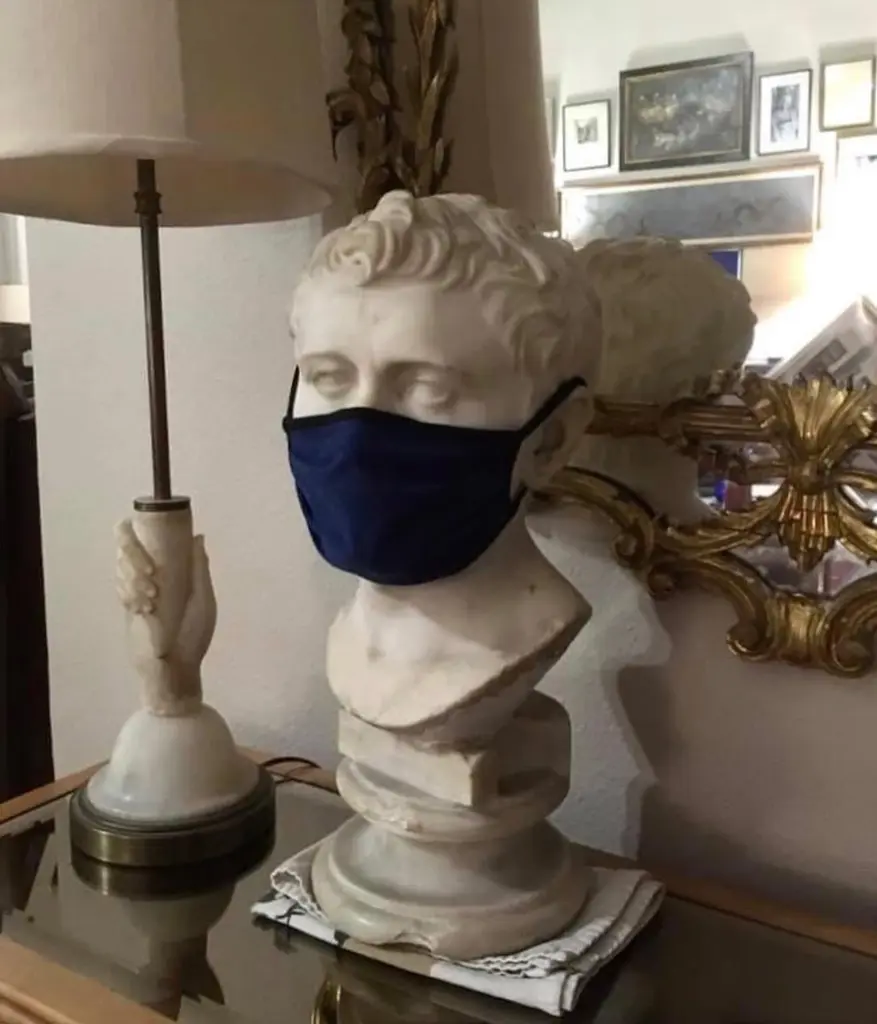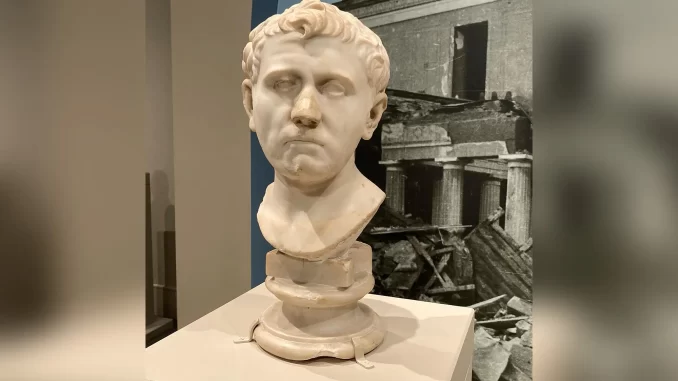
At a Texas Goodwill store, an antiques trader scored a once-in-a-lifetime find: a 2,000-year-old magnificent work of Roman art for only $35.
Laura Young of Austin discovered the 52-pound Roman bust in her hometown secondhand store in 2018 and decided it was worth the small expenditure.
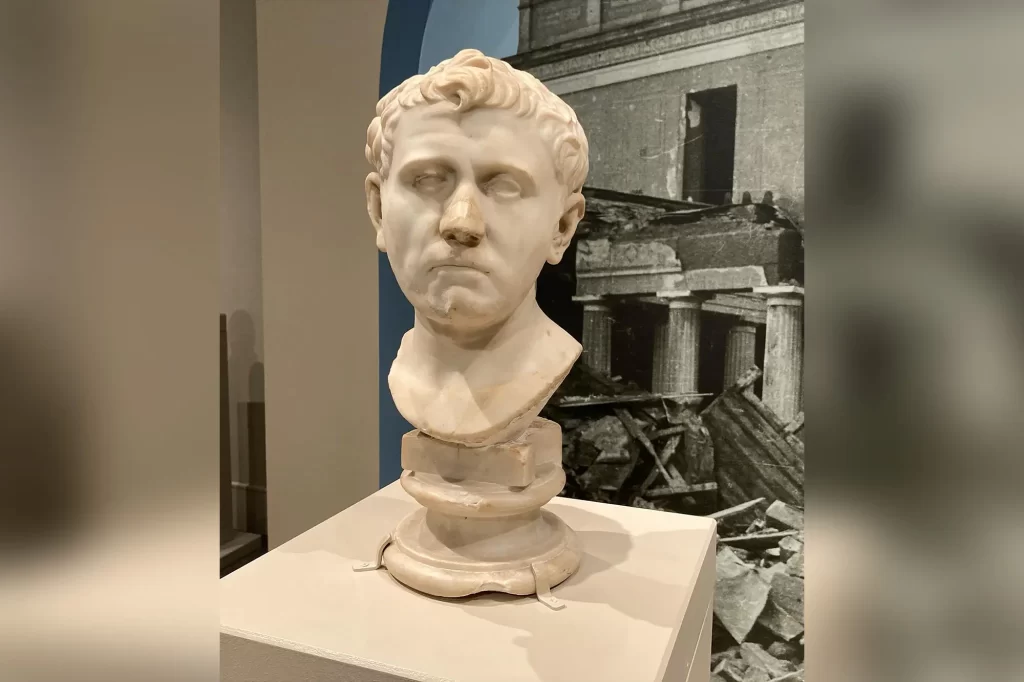
“He looked Roman. He looked old,” Young told the San Antonio Express-News. “In the sunlight, it looked like something that could be very, very special.”
According to the published report by the news paper, a Sotheby’s analyst eventually assessed that Young’s astonishing find was a marble Julio-Claudian-era Roman bust dating from the late first century BCE to the early first century CE.
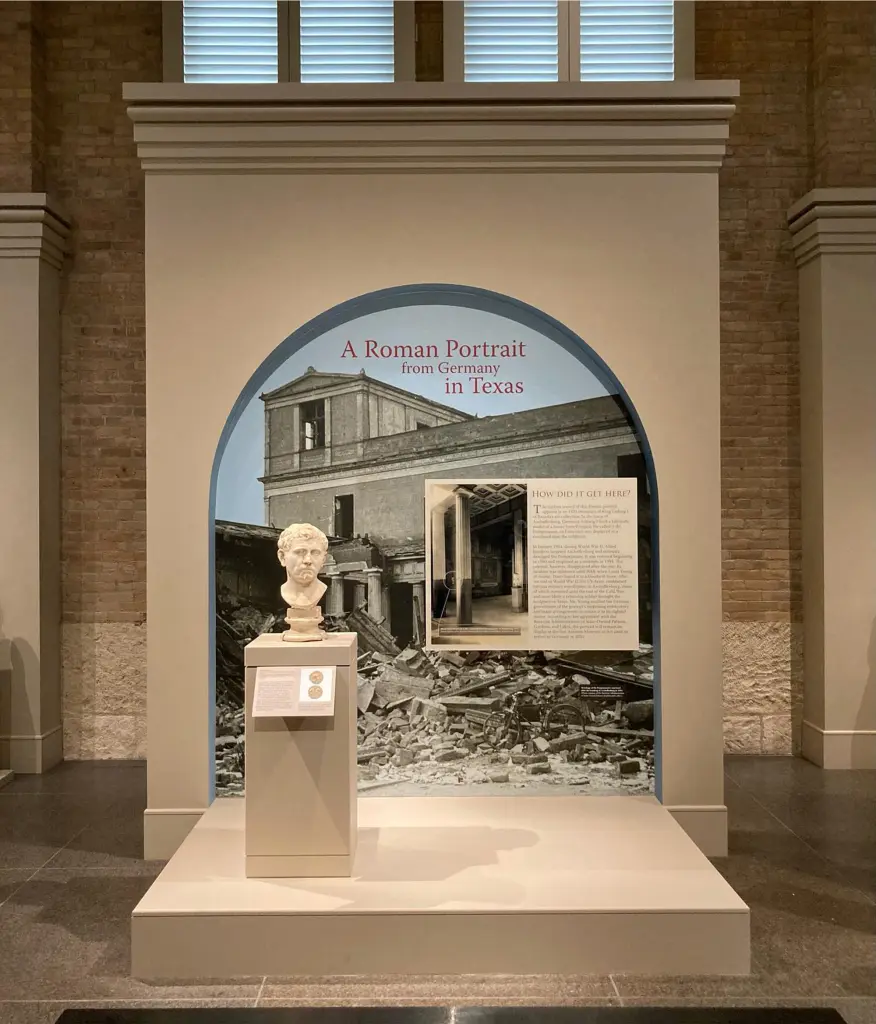
The bust, titled “Portrait of a Man,” debuted at the San Antonio Museum of Art on Wednesday and will be on exhibit until next May. After that, the antique work of art will be returned to Germany, where it was lost after World War II.
“It had once stood in the town of Aschaffenburg, Germany, in a full-scale model of a house from Pompeii, called the Pompejanum, built [by] Ludwig I of Bavaria,” the museum said on its website.
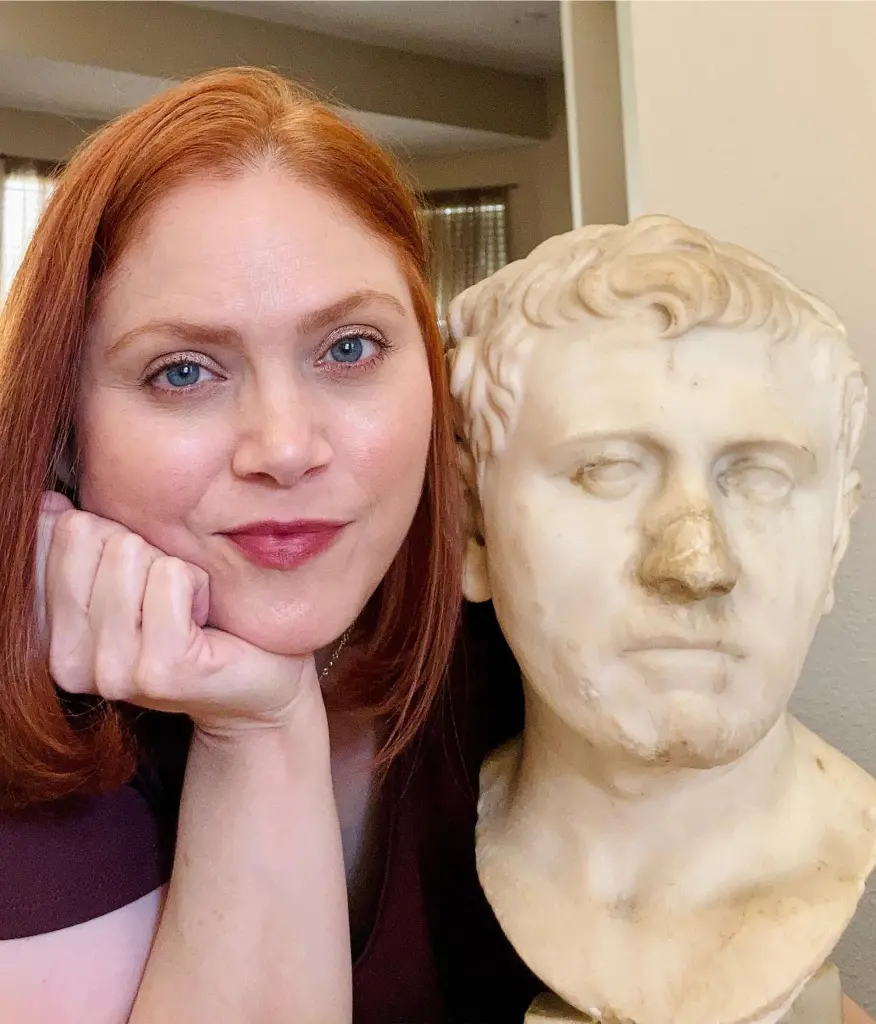
The bust “disappeared” after Allied bombers had targeted Aschaffenburg during the war and seriously damaged the Pompejanum, according to the museum.
A returning US soldier post world war II “most likely” brought the bust back to Texas, where it remained unknown until Young’s fateful find four years ago.
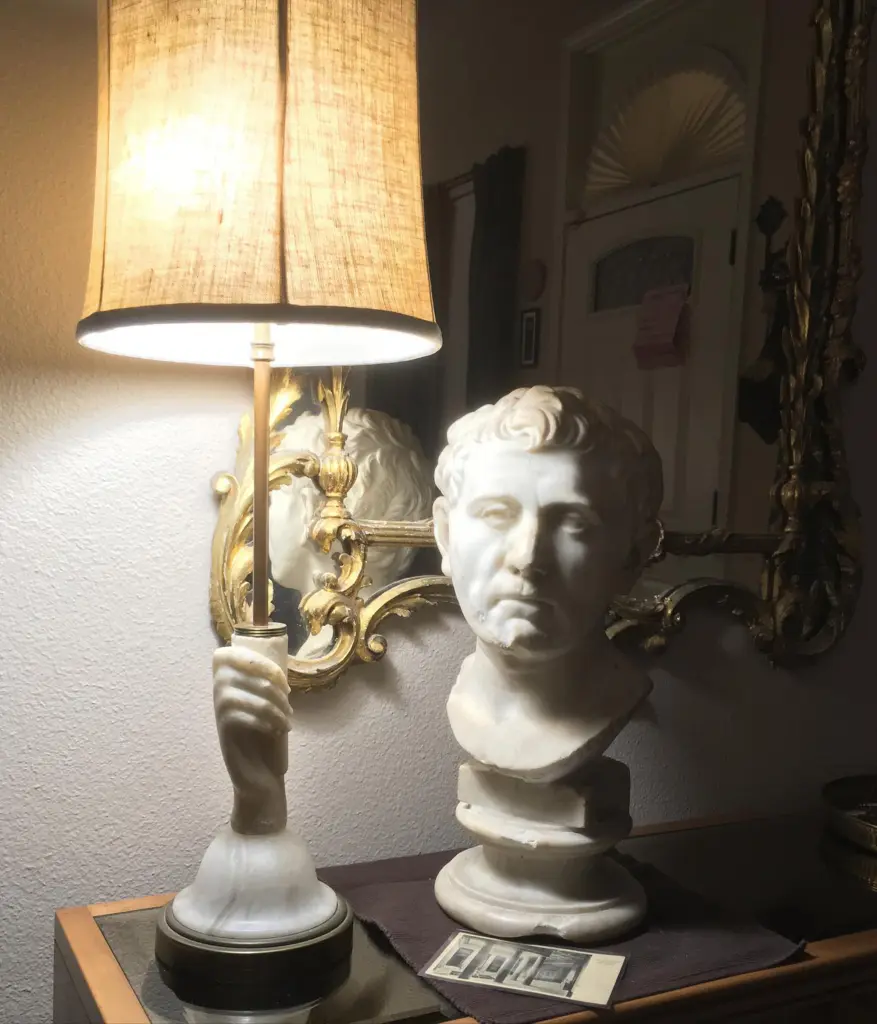
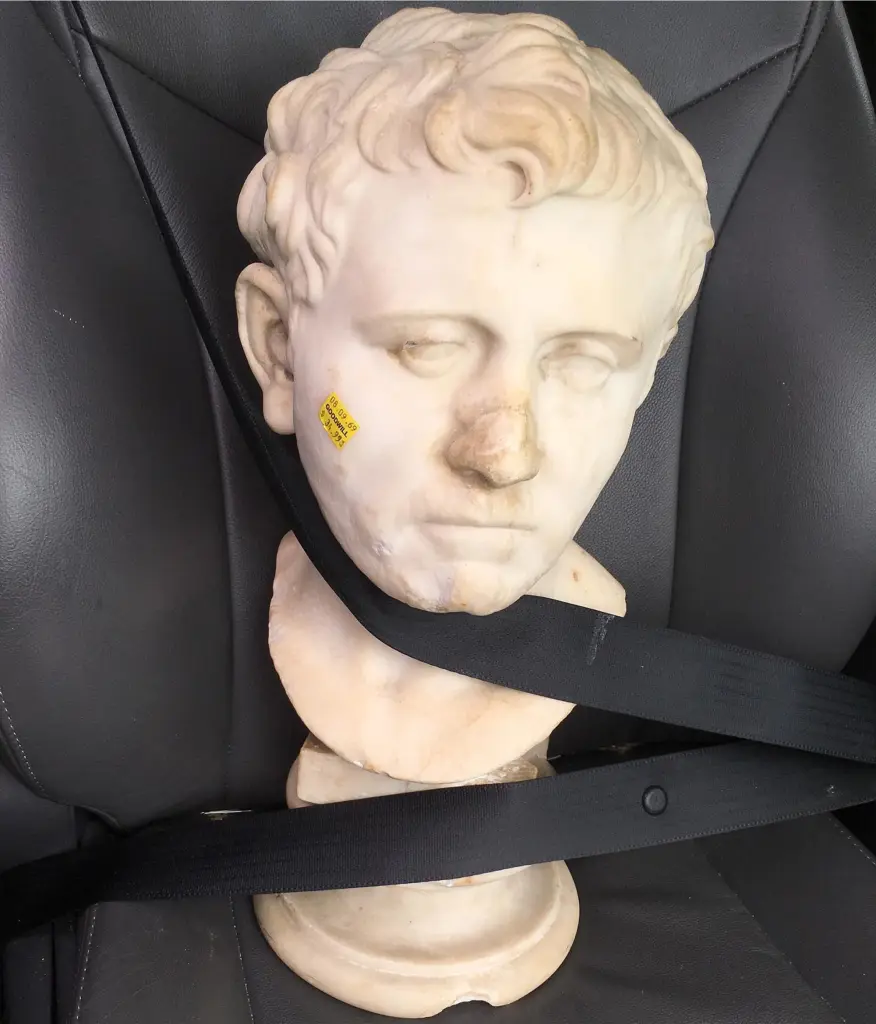
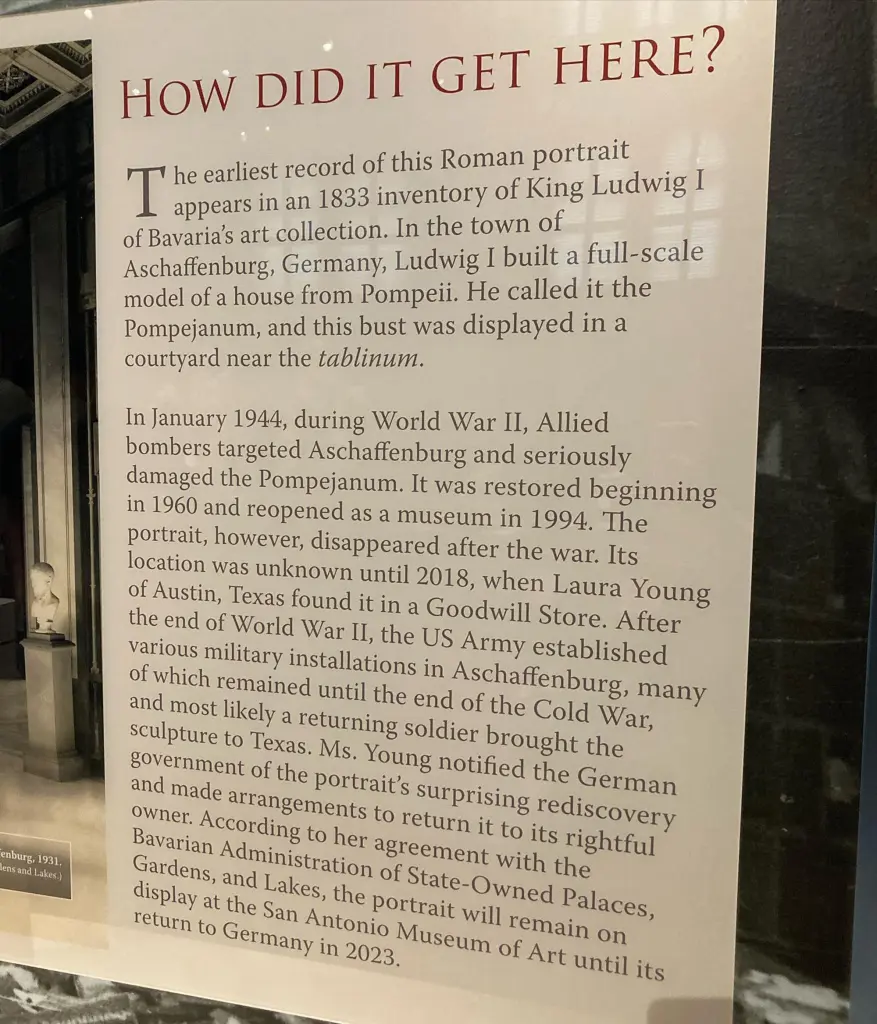
Young said she ultimately notified the German government of her historic discovery and made arrangements to return it to the Bavarian Administration of State-owned Palaces. But not until Texans and art lovers across the country get a chance to see her priceless find.
“He’d been hidden for 70 to 80 years, I thought he deserved to be seen and studied,” Young told the Express-News as reported.
A Roman art specialist at the San Antonio Museum of Art told the newspaper that the bust most likely shows Sextus Pompey, who dedicated his life to avenging his father’s death.
Pompey the Great, Sextus’ father, had fought a civil war against his former ally, Julius Caesar. Pompey then fled to Egypt after his army was defeated and was assassinated there, according to the report.
“It’s a portrait of an outlaw, a sort of enemy of the state,” San Antonio Museum of Art curatorial fellow Lynley McAlpine told the newspaper. “It’s unusual to have something like this. It’s also interesting that someone preserved it and had it in their collection as a personal enemy to the emperor. That could be dangerous to display something like that.”
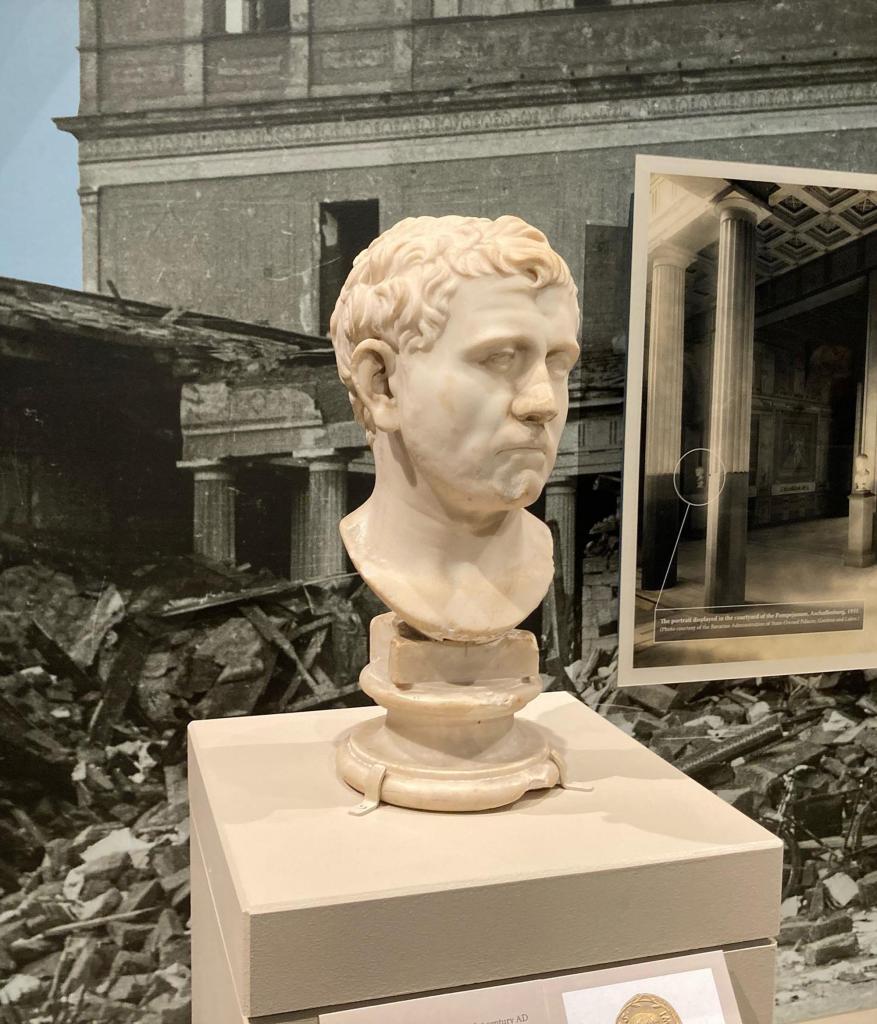
Young has also detailed her four-year journey with the bust on her Instagram page for her online shop, Temple of Vintage.
“Yes, I got him at the Far West Goodwill here in Austin,” she wrote Wednesday. “Yes, he was $35. He’s on loan with the San Antonio Museum of Art until next year.”
